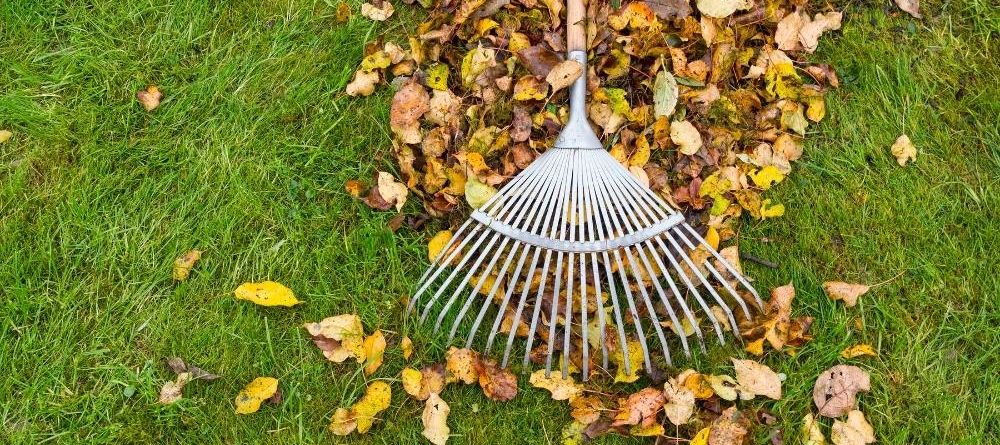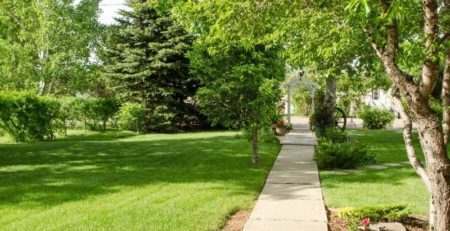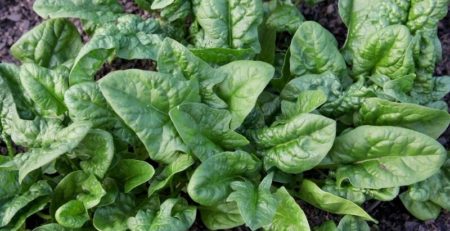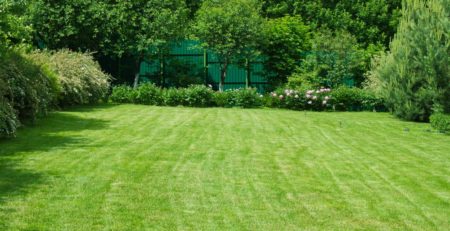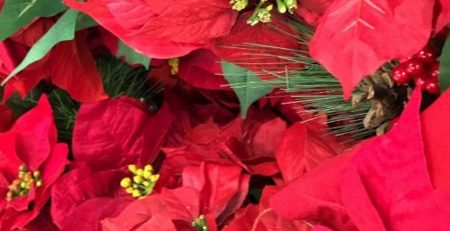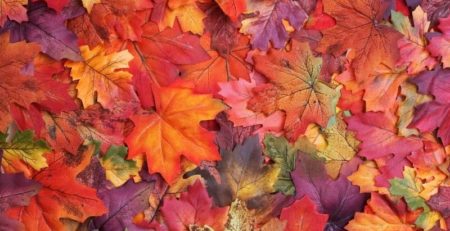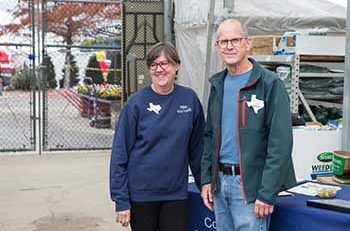What lawn care activities are recommended for the fall season?
Q: What lawn care activities are recommended for the fall season?
We’re approaching the time for application of fall fertilizer and preemergence herbicides. An application of fertilizer in the fall increases the density and weed resistance of turfgrasses and helps grasses recover from winter dormancy when spring arrives. Fall application of preemergence herbicides helps prevent germination during the fall and winter of many weeds that show up in force in the spring. Turfgrass health also benefits from regular mowing and watering, as needed, until the lawn becomes dormant.
Apply fall fertilizer in Dallas during September so your turf has plenty of time to respond before the average first frost date. There are three primary nutrients of interest: nitrogen (N), phosphorous ℗, and potassium (K). Fertilizer products are marked with the content of these nutrients. Look on the bag for N-P-K numbers such as 21-0-0 or 10-10-10. The first set of numbers describes a product containing 21% nitrogen by weight with no phosphorous or potassium; while the second describes a product containing 10% each of nitrogen, phosphorous, and potassium by weight. It’s ideal to obtain a soil test before buying fertilizer, but if you don’t have a soil test, apply either an all-nitrogen fertilizer or one whose N-P-K numbers have a ratio of 4-1-2. A good garden center can help you select a product and guide you on how much to apply. The goal is to apply one half to one pound of nitrogen (N) for every 1,000 square feet of lawn.
Fall application of a preemergence herbicide will help control many spring weeds. Apply it when the soil temperature falls to approximately 70°F. Check the temperature using a meat thermometer or follow a website that tracks local soil temperatures. Preemergence herbicides work by interfering with the germination of weed seeds and the development of weed seedlings. Many of the weeds that threaten to take over a lawn in spring germinate and start developing in the fall. That’s the time to stop them. Go to a full-service garden center and look for a preemergence product that is labelled for the type of grass in your lawn and that lists the grass-like and broadleaf weeds you want to attack. Apply preemergence herbicides only to established lawns as they can damage new sod or recently seeded lawns. Don’t apply a preemergence herbicide If you plan to overseed your lawn with ryegrass for the winter months. It will stunt the germination and development of the ryegrass. Finally, avoid “weed and feed” products. Instead, apply fertilizer and preemergence products separately, each at their optimum time and in optimum amounts.
Continue mowing your lawn during the fall until it goes dormant. Reduce irrigation as temperatures fall, and turn off the sprinklers when fall rains come. Watch the lawn and wait until it shows signs of wilting before applying water. Then apply an inch or so to water the turf deeply.
You can request soil testing from Texas A&M AgriLife Extension by completing an Urban & Homeowner Soil Sample Information Form (http://soiltesting.tamu.edu/files/urbansoil.pdf) and following the form’s detailed instructions for sample collection, packaging, shipping, and payment. The “Routine Analysis” is sufficient for most homeowners’ lawn nutrient questions.
Texas A&M AgriLife Extension provides more detail about fertilizing Texas turfgrasses in a publication (https://agrilifeextension.tamu.edu/library/landscaping/lawn-fertilization-for-texas-warm-season-grasses/) you can download for free. They present additional guidance on applying preemergence herbicides to avoid spring weeds in an article (https://agrilifetoday.tamu.edu/2020/09/23/apply-fall-preemergence-herbicide-to-avoid-spring-weeds/) that is also available online.

